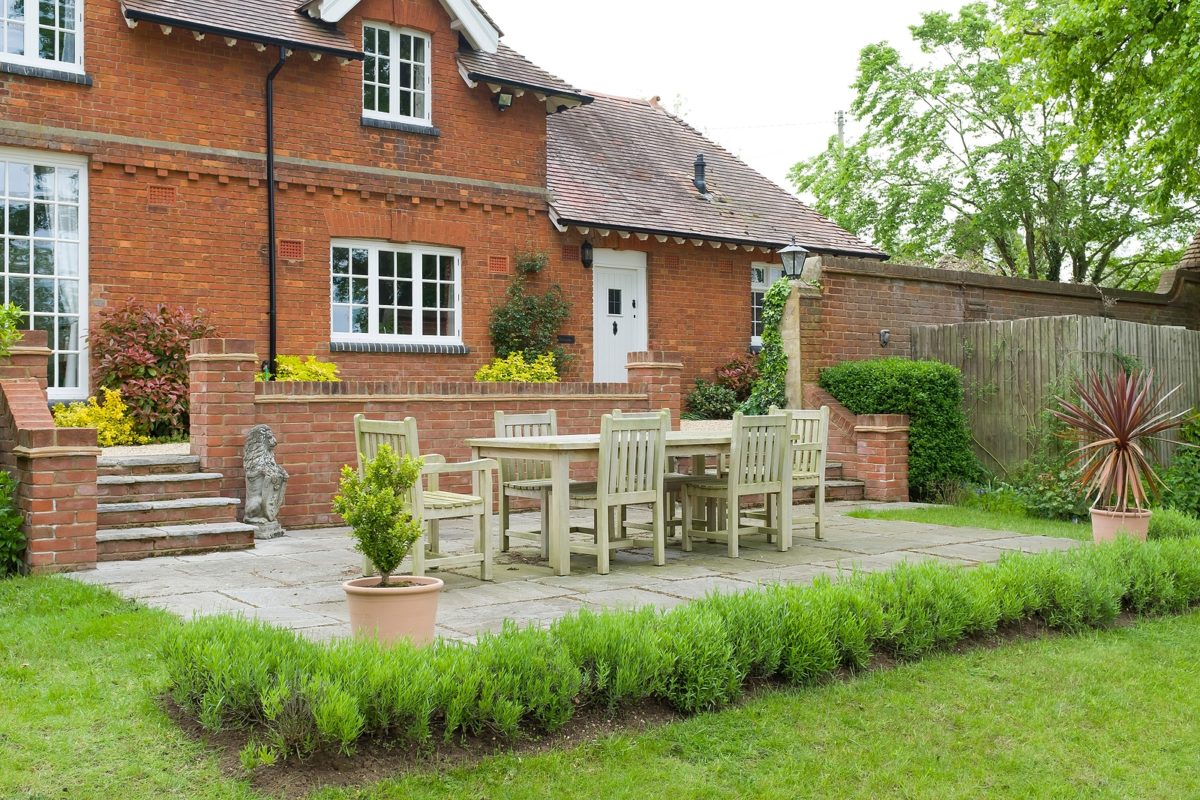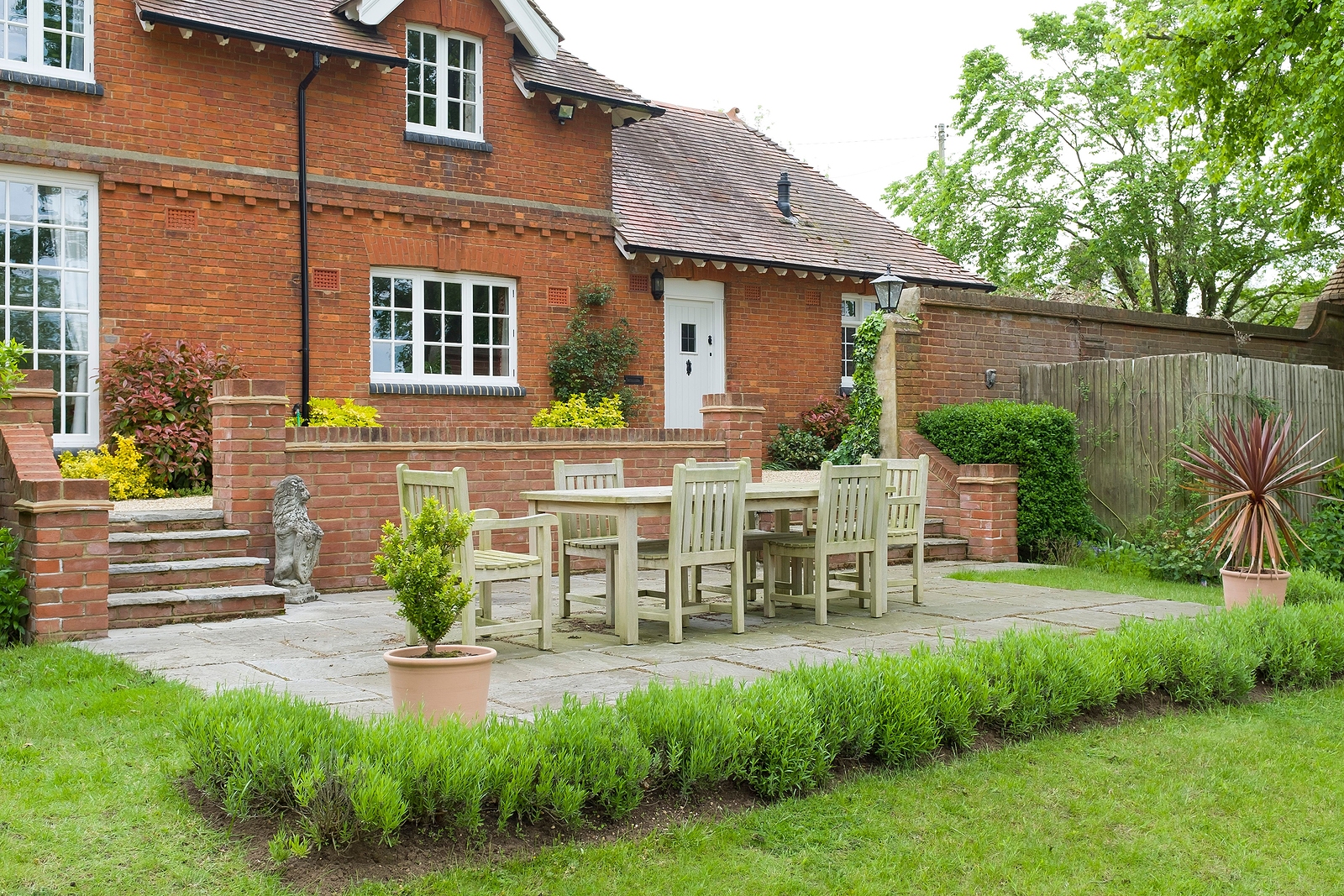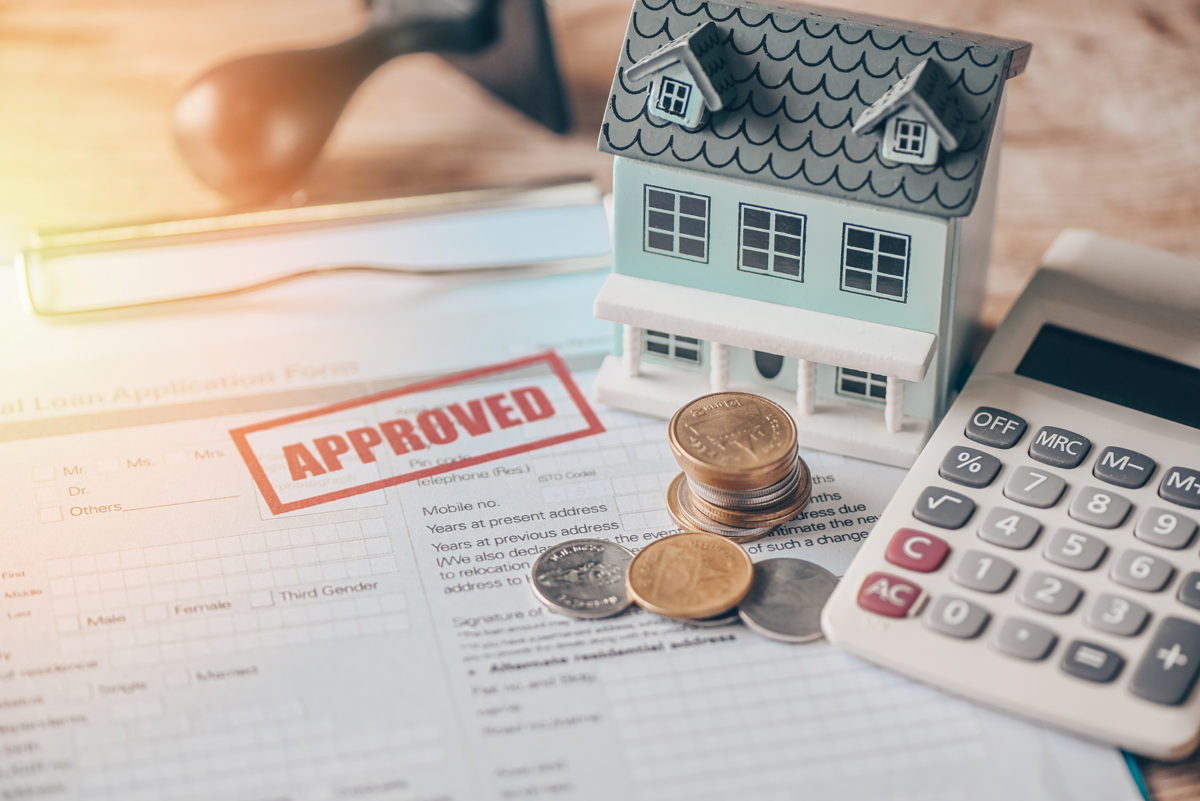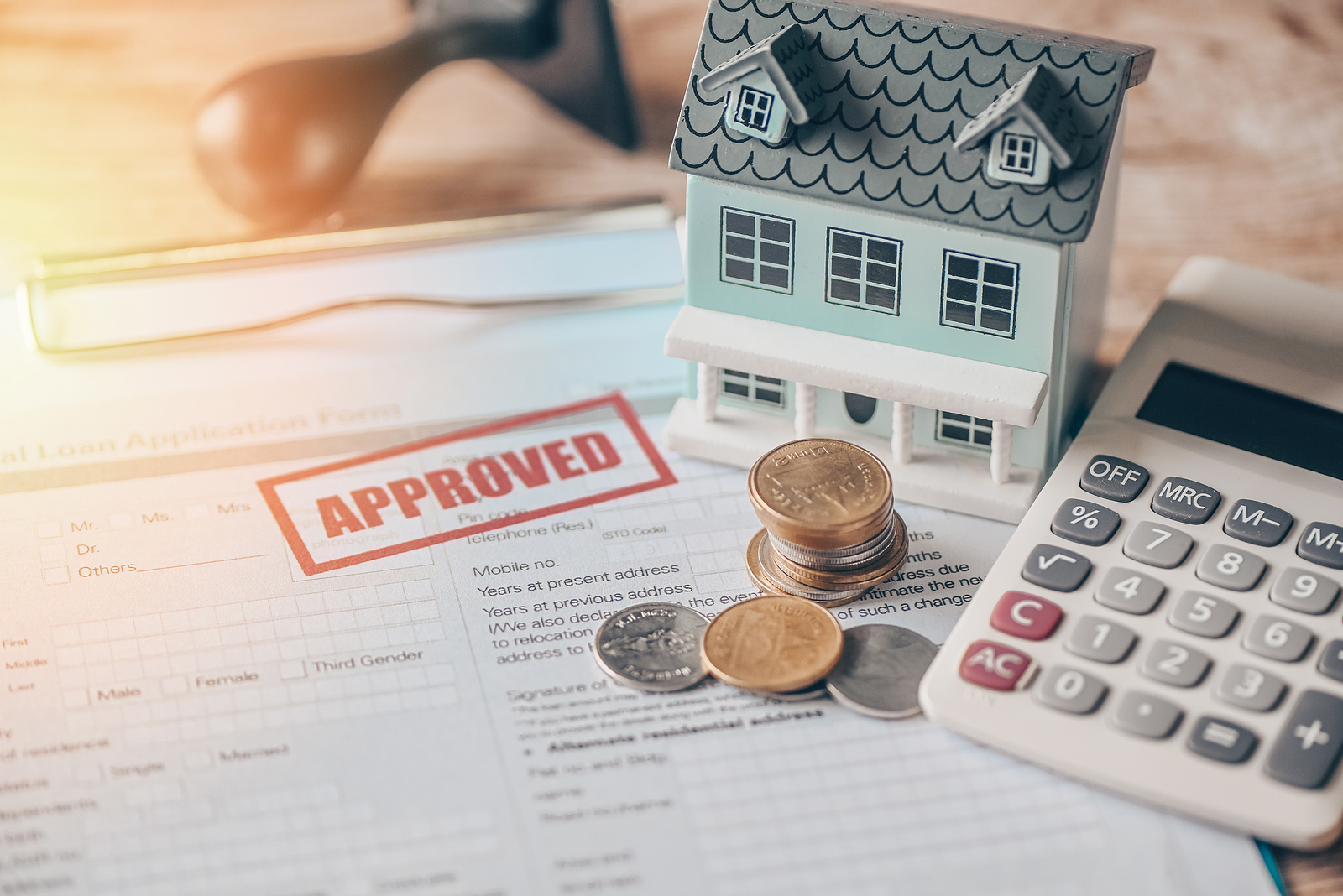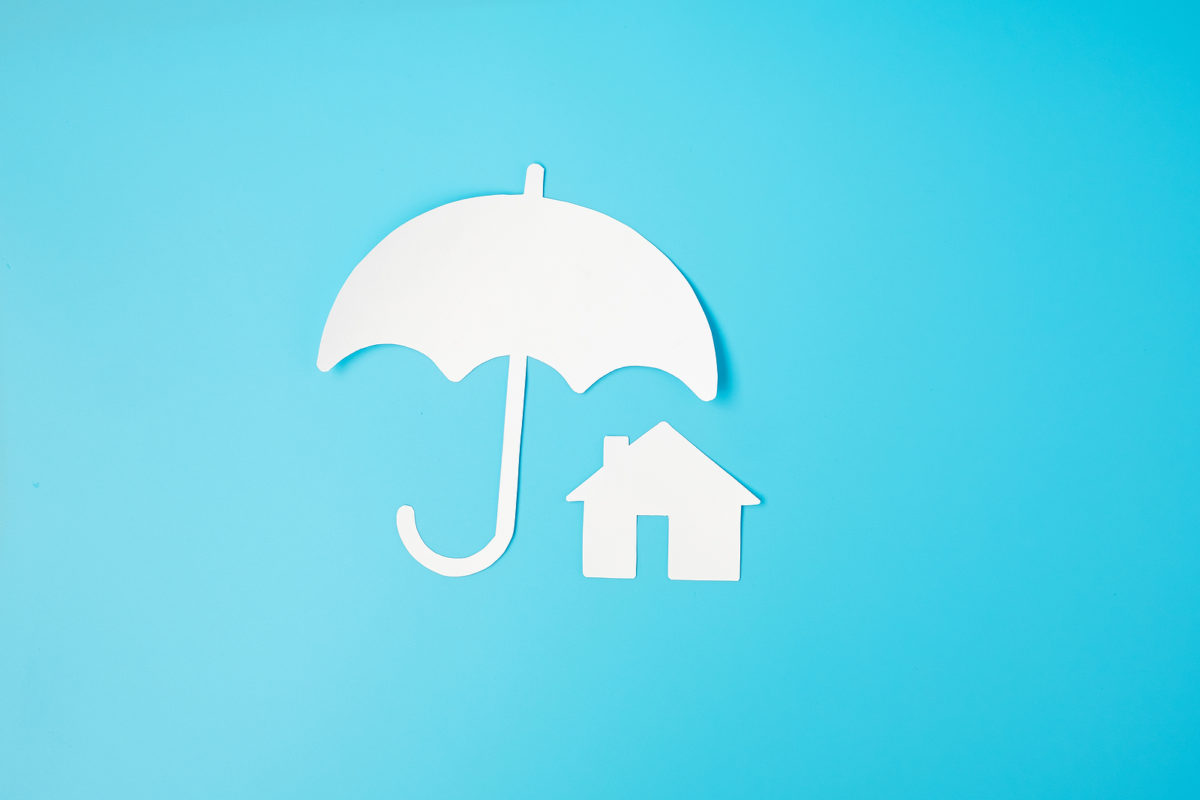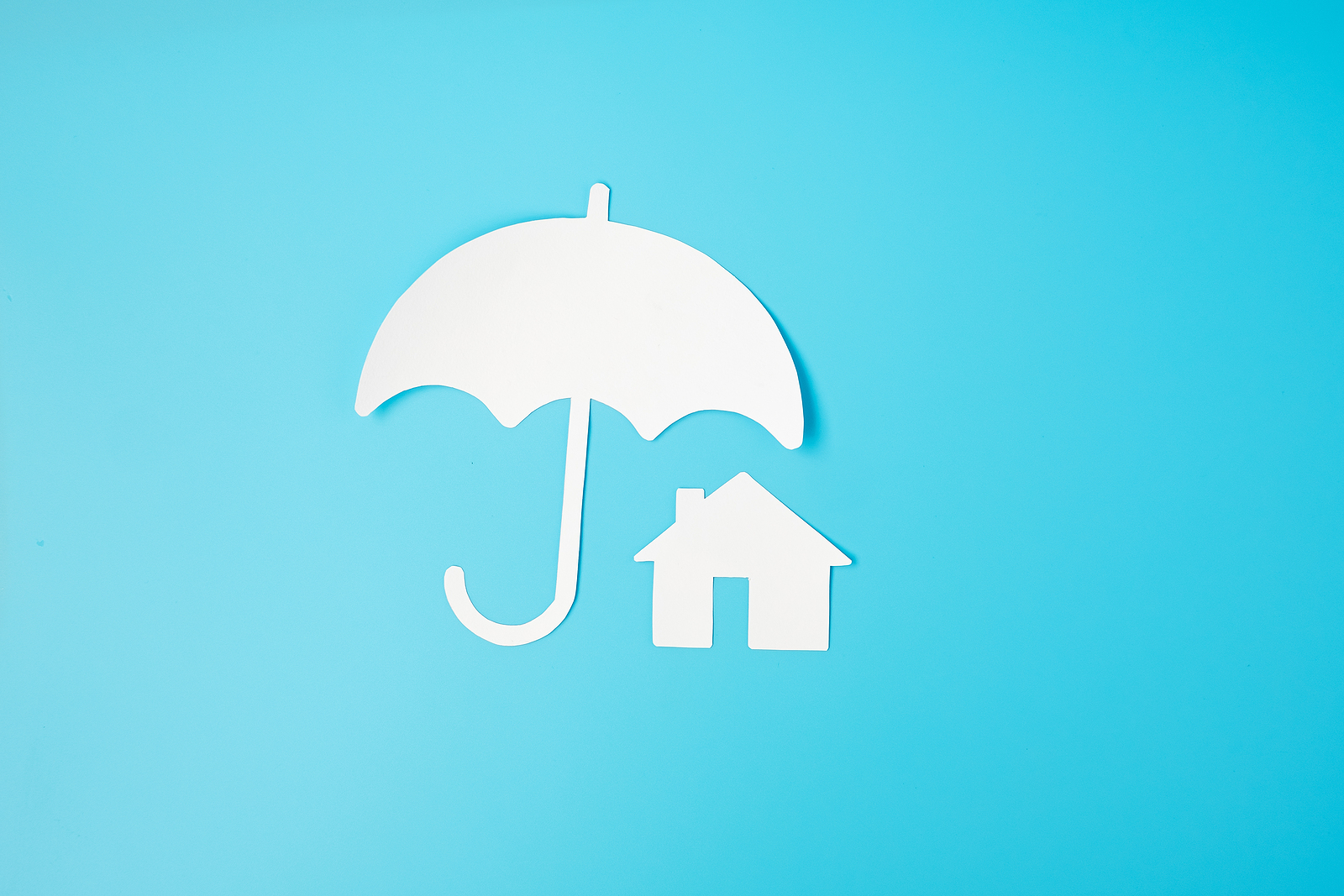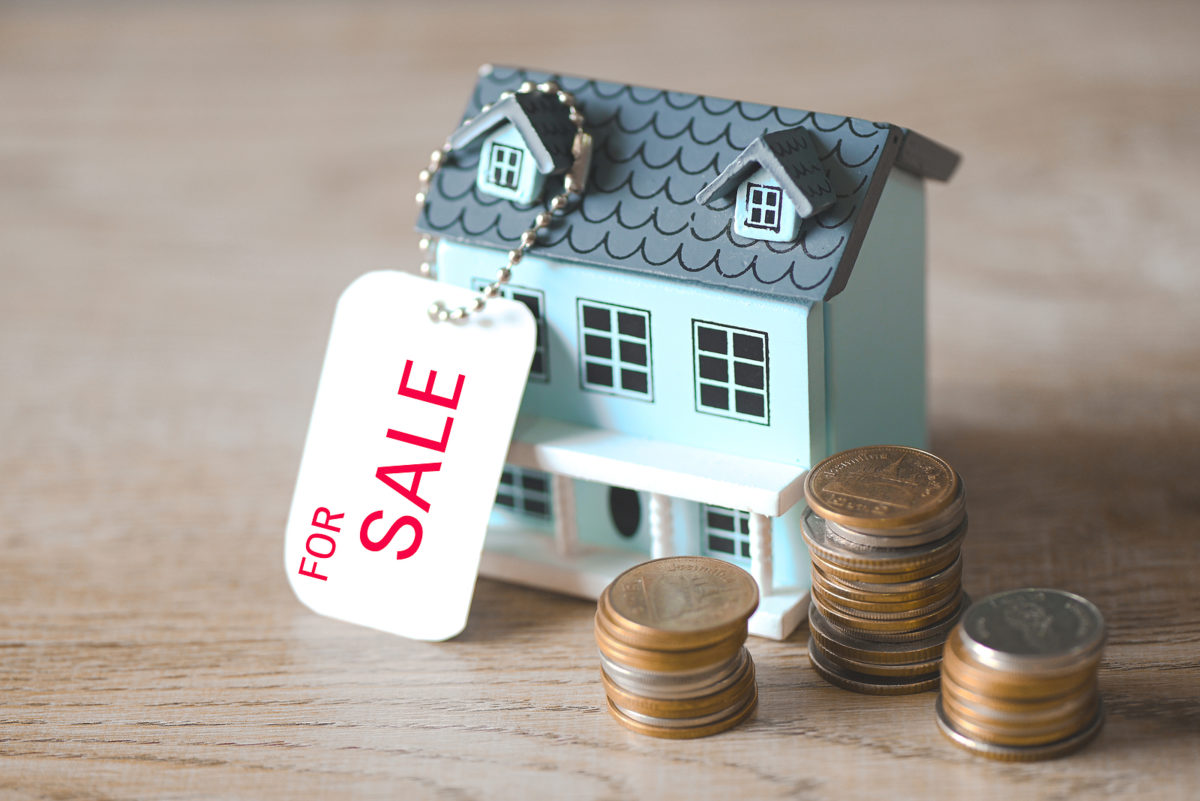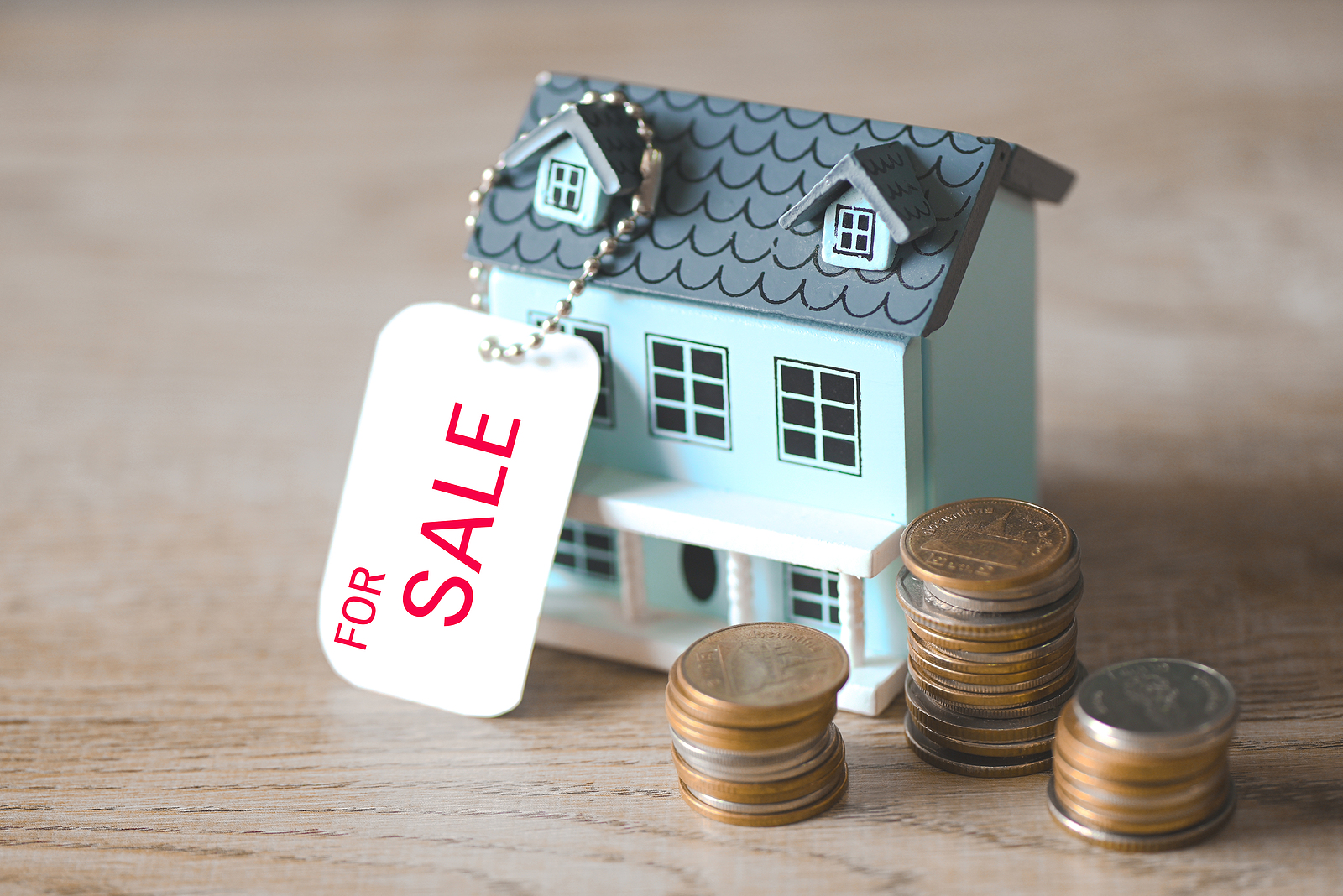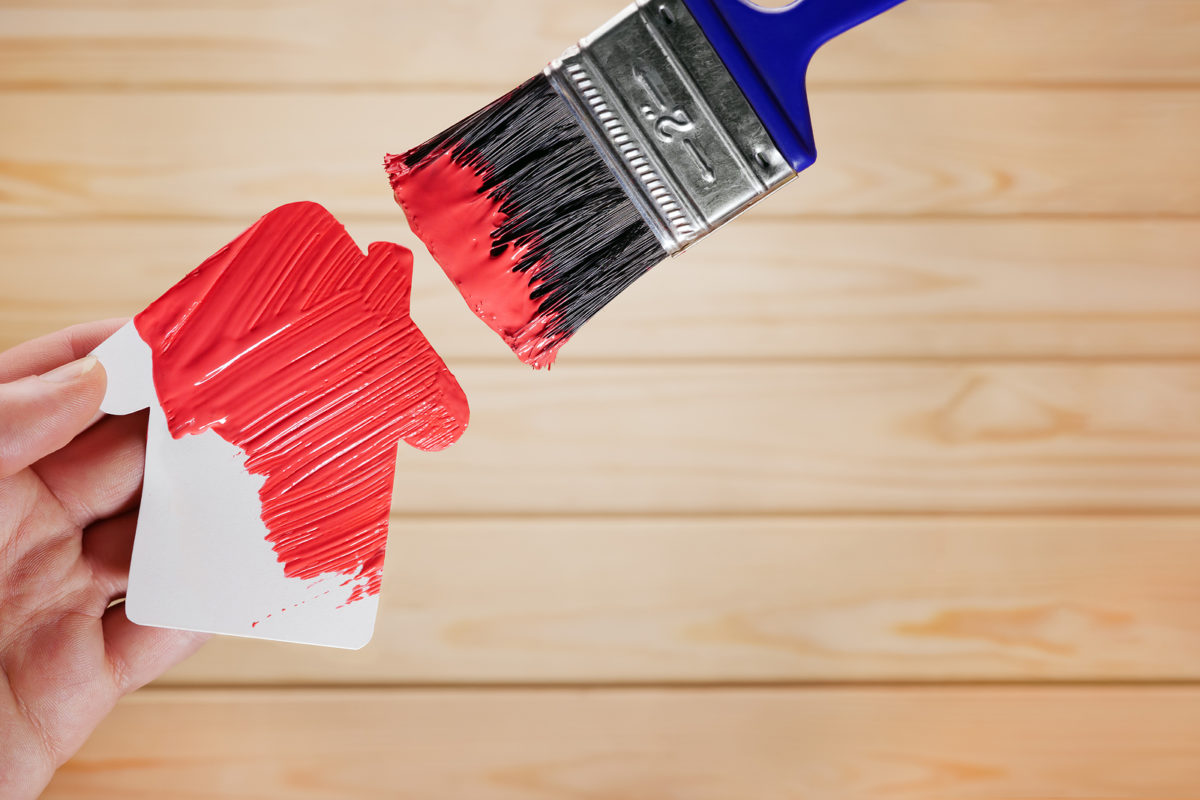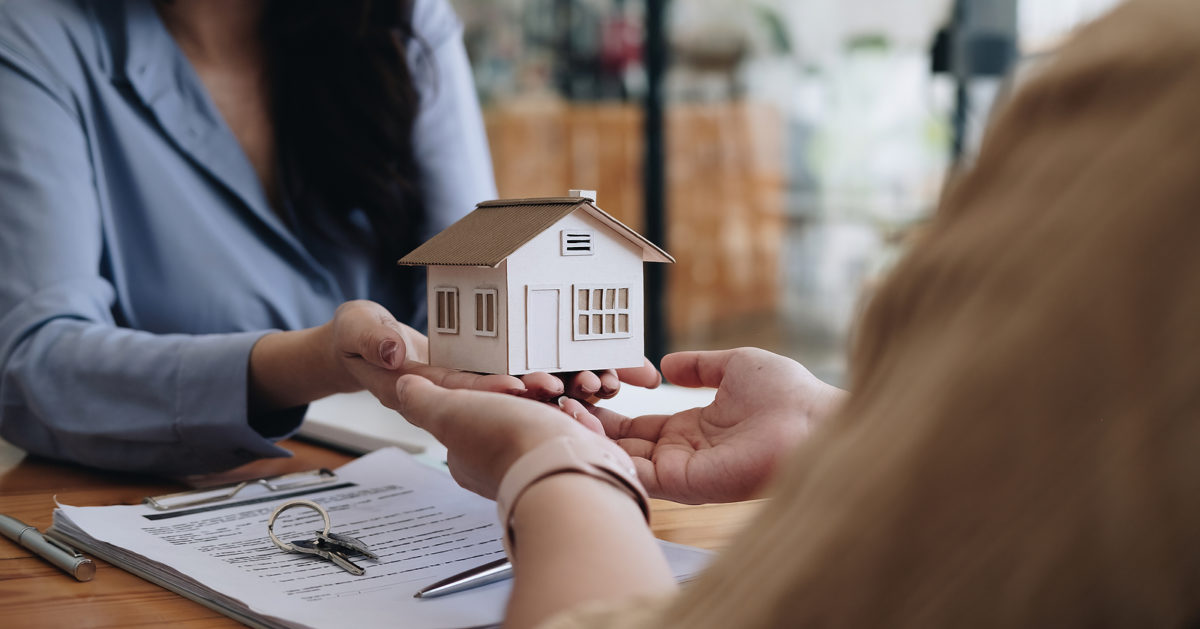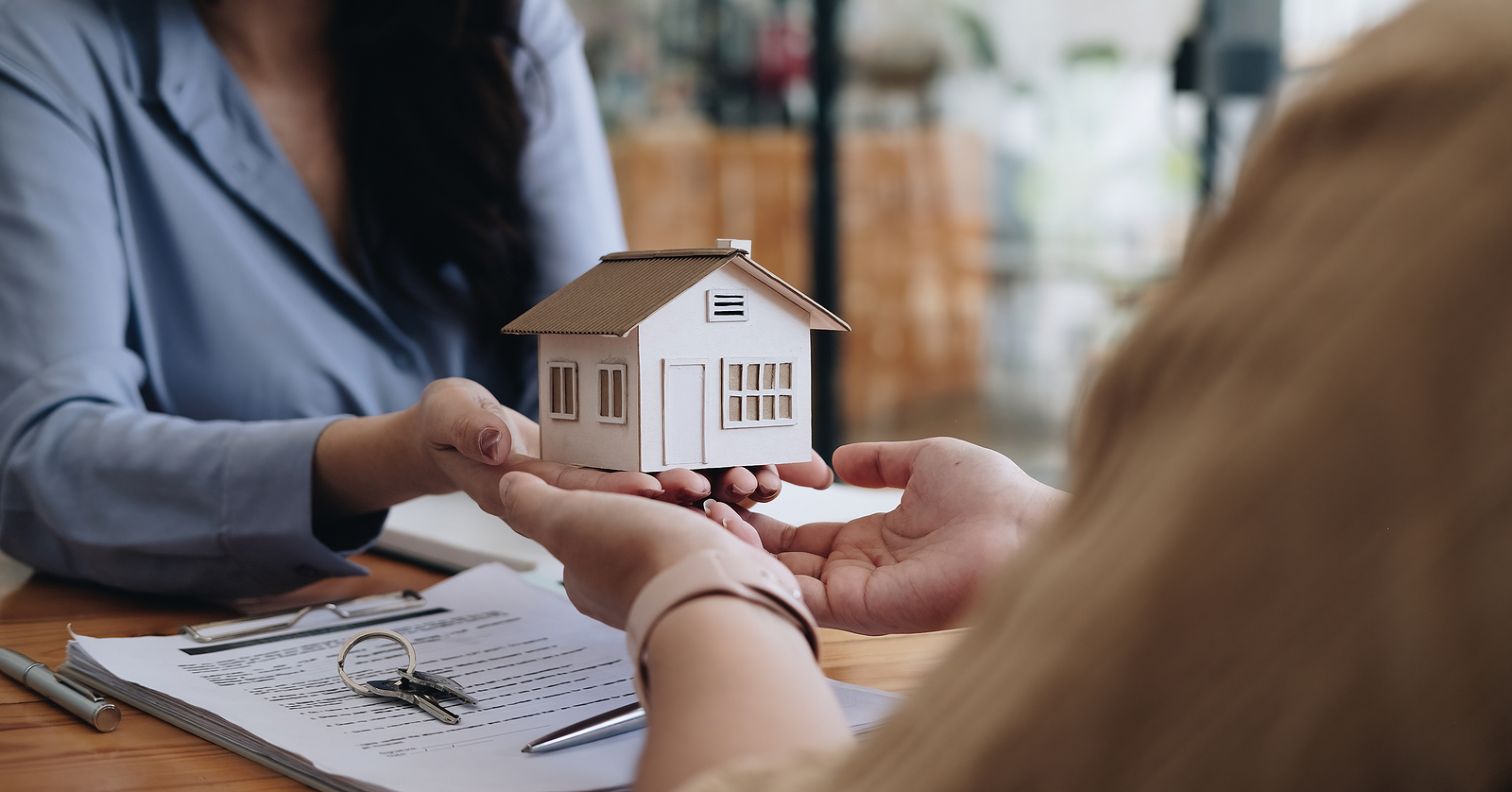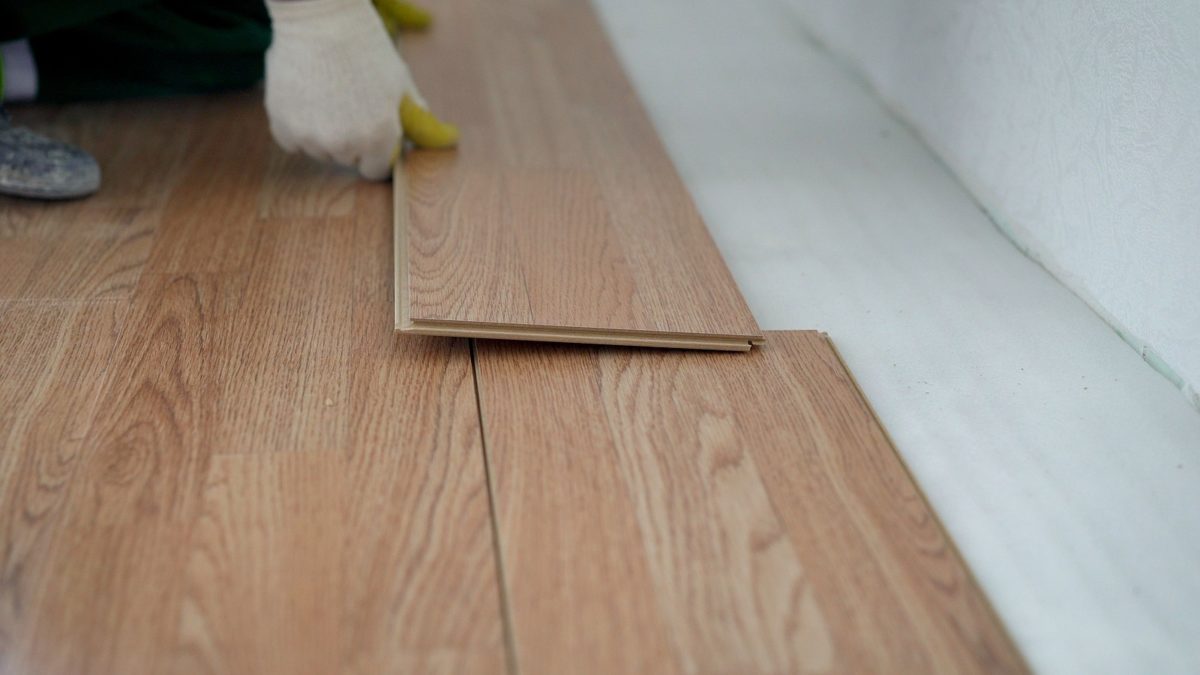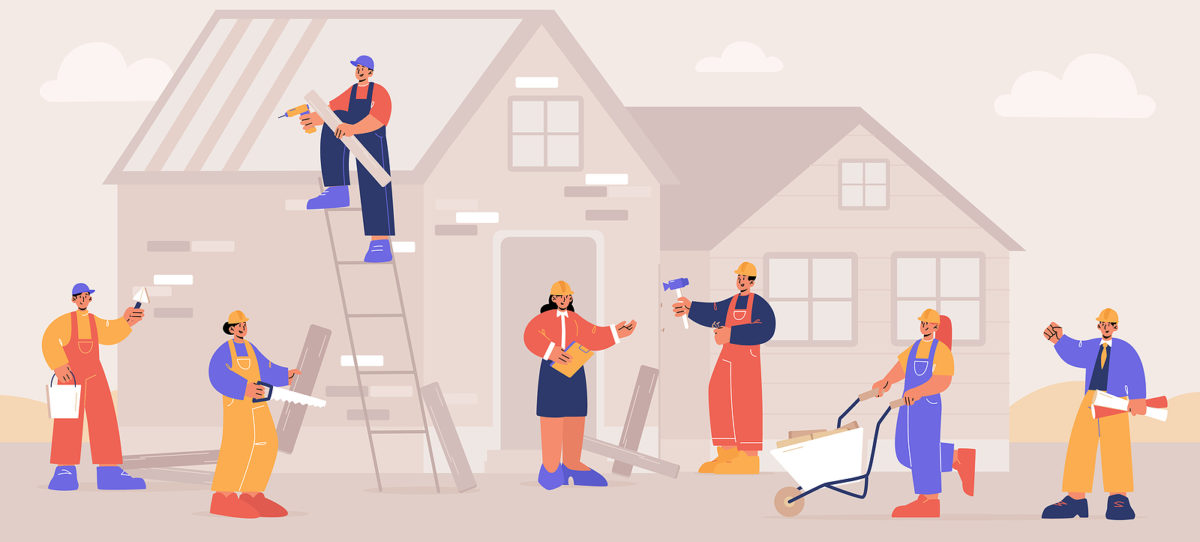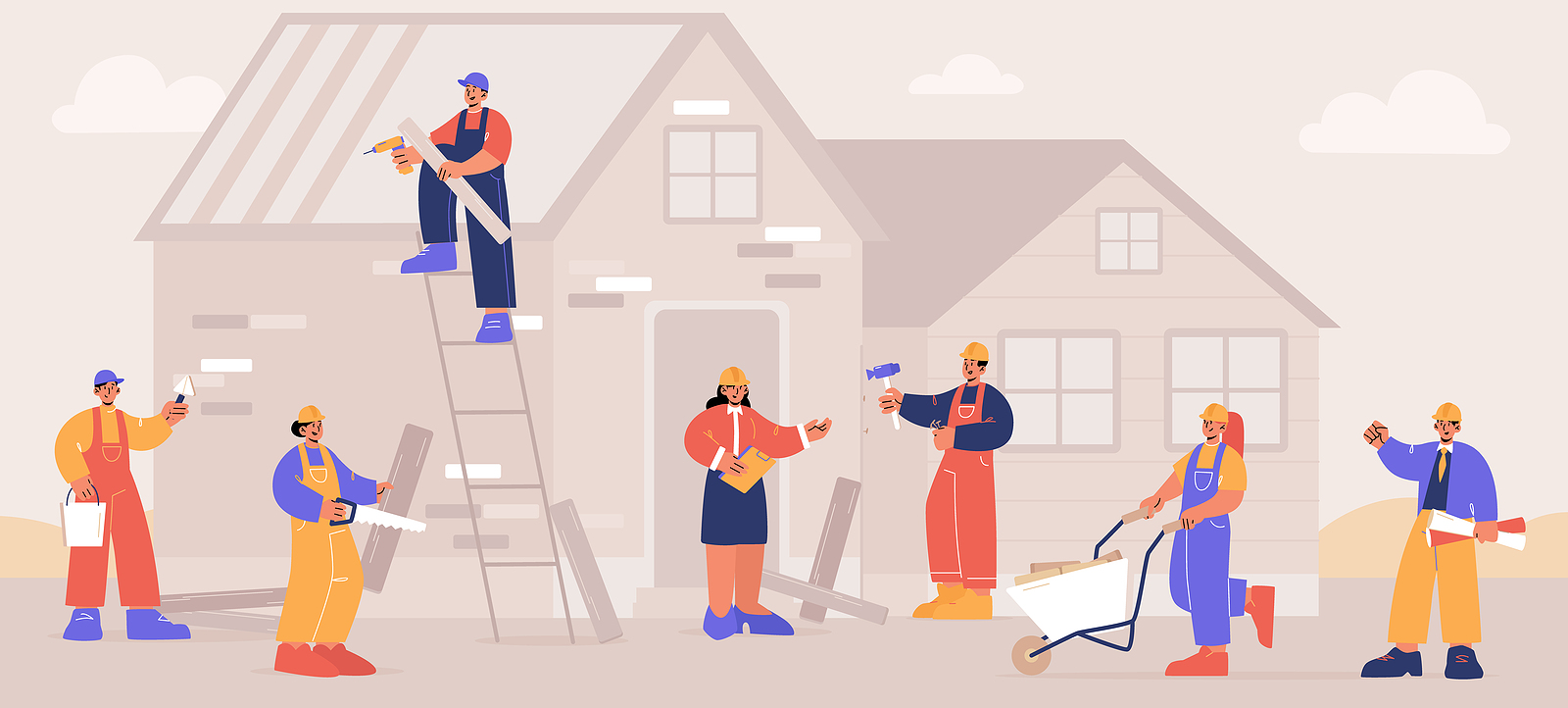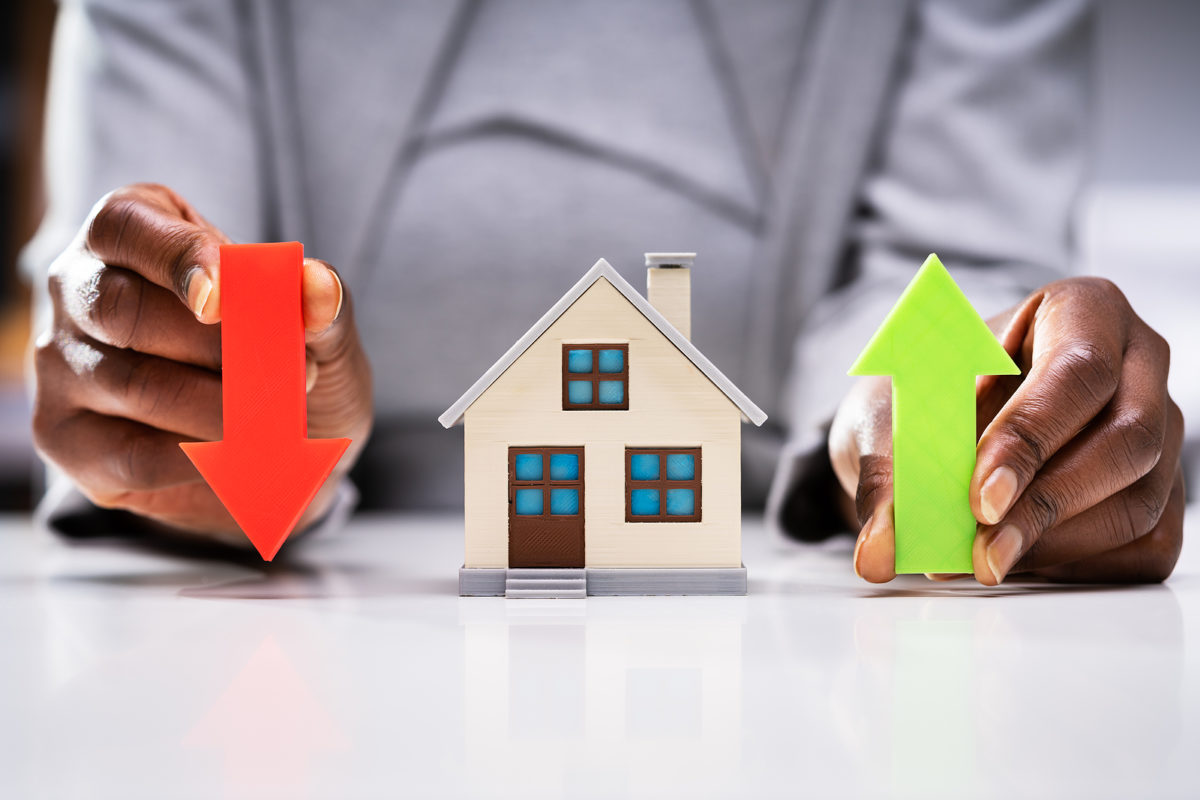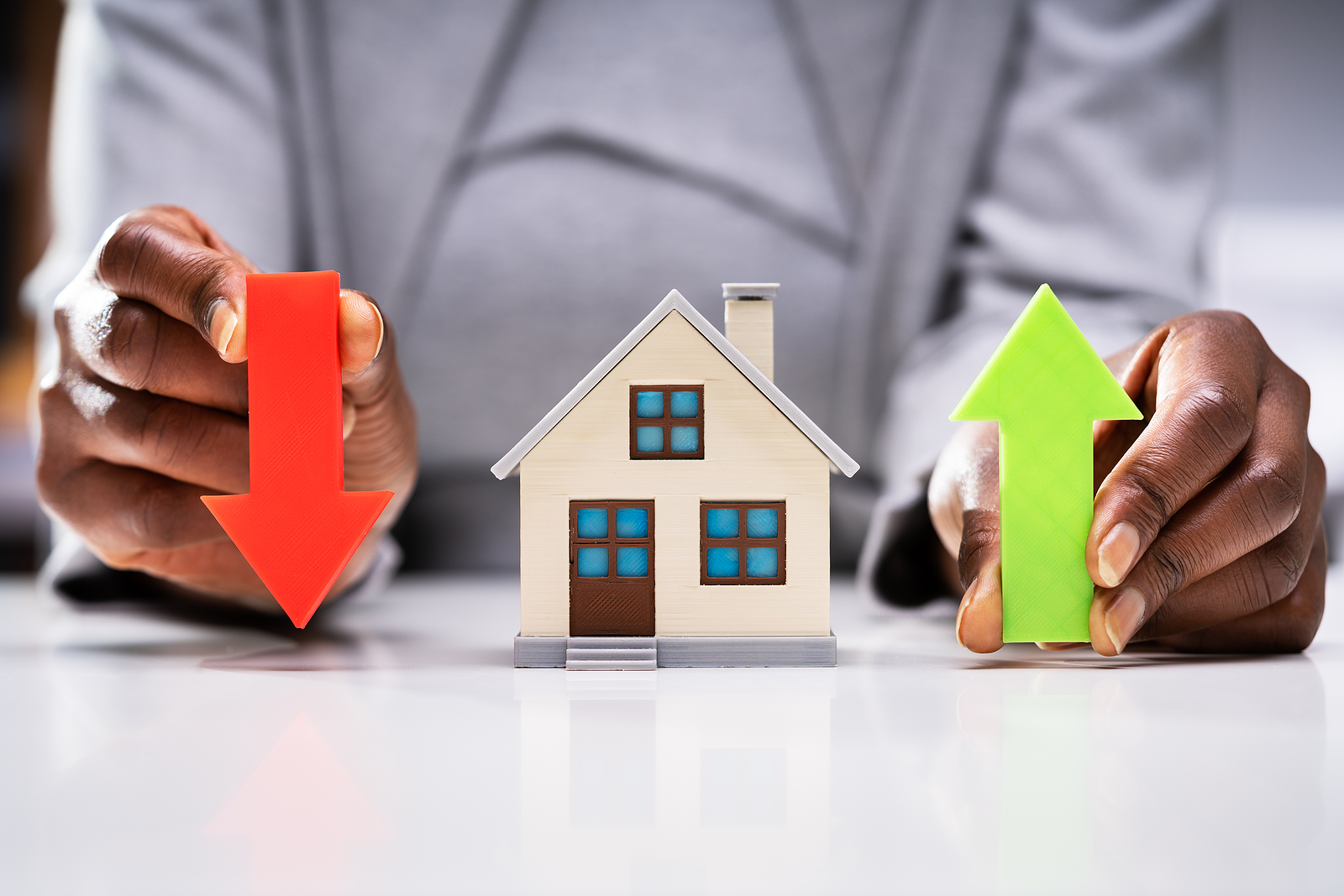One of the biggest discoveries that Americans made during the lockdown is the great outdoors, even if that means time spent in the backyard. Whether that backyard is merely a patio, a place to grow vegetables or an expanse of land, millions happily fell into the outdoor craze.
It’s only natural then that outdoor space in their next home is high on their list of must-haves. In fact, “outdoor space” shows up on the list of the “… eight priorities you can expect to become prevalent in future home searches,” according to the Home Builders Association of Greater New Orleans.
If you plan on selling your home, this is the ideal time to whip that patio into shape – making it an irresistible, vacation-like escape for homebuyers.
The stats
The National Association of Homebuilders commissioned a survey of homebuyers and found that 82% of them dreamt of a home with a patio. This is the second most popular home feature.
First on the list? Outdoor lighting, with 87% of respondents wanting this feature.
The cost to install outdoor lighting, according to the NAHB, is between $260 and $530.
Consider ditching other potential fixups and concentrate instead on the backyard and patio.
Clean it up
The first steps to your makeover are very similar to indoor staging: clean and de-clutter.
The latter includes removing pet and kid stuff, such as toys, and anything else that detracts from the vacation vibe you hope to create.
Take stock of what you have and what you need
The amenities buyers will be seeking, especially on the patio, depend on their price range. For instance, a couple seeking a starter home isn’t expecting (hoping, maybe) a backyard kitchen on an expansive patio.
Consider your audience before starting the project. Who will be your most likely buyer? If you’re unsure, ask us. We’re happy to help you brainstorm.
Then, take stock of what you have, including:
- Patio furniture
- Pool and/or spa
- Patio kitchen
- Patio curtains
- Décor
- Plants and trees
Keep the goal in mind
Since it’s summer, homebuyers are looking forward to lounging in the backyard, or on a shady patio where they can watch the kids play. If your patio isn’t covered, consider purchasing a shade sail or an oversized patio umbrella.
Define the seating area with an outdoor rug on which to situate the furniture and potted plants to create an enclosure, or give the illusion of a wall.
Finally, don’t forget the little touches, such as an outdoor mirror, a fountain, garden statuary and/or wind chimes.
You’ll find lots of patio inspiration online at BalconyGardenWeb.com, Pinterest.com, BHG.com and HouseBeautiful.com.
Create a yummy backyard
Make sure the view from the patio (into the backyard) is staged as well. Get rid of plants that are dead or dying and make a list of replacements for them. Trim trees, shrubs and hedges and green-up the lawn.
And, speaking of views, if yours isn’t stunning, consider fast-growing trees or even clumping bamboo to block out the neighbors.
This task is easier when you understand what will grow in your area. Find your growing zone at Gardenologist.org.
Finally, apply a fresh layer of mulch in the planting beds to give the area a finished look.
Remember, we’re here if you need answers to your real estate questions.
